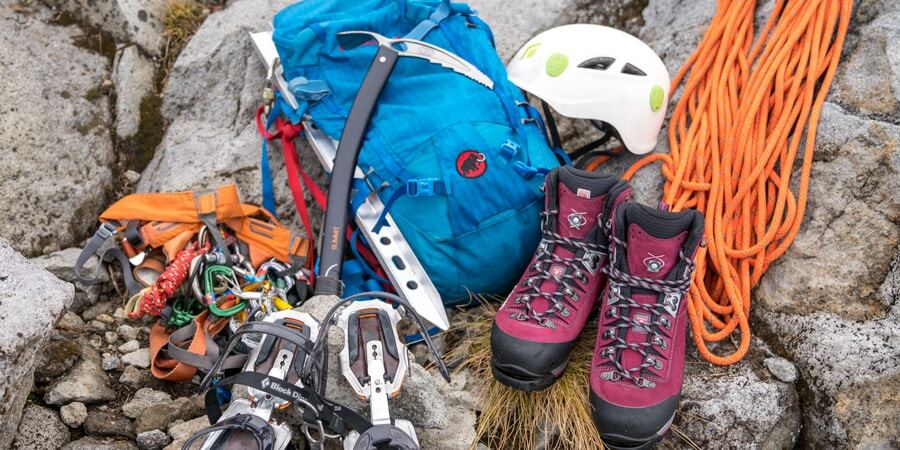Listed below are some basic pieces of Hill Climbing Gear. These items will help you get on the mountain safely and comfortably. They include Chainrings, Derailleurs, and Cassette sprockets. As you become more familiar with these items, you can progress to the next gear as your fitness improves.
Basic hill-climbing gear
Basic hill climbing gear includes the proper belay device, safety sling, and two locking carabiners. A well-fitted belay device makes leading belays a lot easier and reduces the risk of injury. Whether you’re an expert or a beginner, there is a belay device to suit your climbing style and experience level.
Depending on the climbing discipline, you may also need to wear a helmet and weatherproof clothes. In addition, you’ll need climbing shoes or a hiking boot. You’ll also need carabiners, a crash pad, and a harness, depending on the discipline.
Derailleurs
One important consideration when choosing a derailleur for your hill climbing bike is the number of teeth. Generally, a 32-tooth cog is best, but some modern derailleurs will work with more teeth. For instance, a 32-tooth derailleur will almost always work with a 34-tooth cog, and a 36-tooth derailleur will often work with a 40-tooth cassette.
Another thing to consider when choosing a derailleur is the type of gearing you’re looking for. You may need to change the gearing to get better traction, or you may simply want to increase your cadence. If you are concerned about your pedaling noise, you should consider an easier gearing. However, be careful not to get an easier gearing than you need – jerky pedaling will cause your bike to lose traction.
Chainrings
Changing the chainrings on your bike is a great way to improve your performance while hill climbing. A bike with the right gears will help you climb hills faster and with less effort. When choosing chainrings, consider the size and capacity of your derailleur. You should also consider the length of your chain.
Typically, you should choose between a 32t and a 42t chainring. However, some riders will prefer to use a smaller ring. Although this may require some trial and error, smaller chainrings are not very expensive.
Prusik pulleys
Prusik pulleys for climbing are an effective way to prevent load loss and provide automatic belays. To use a Prusik, tie one end of the rope to the prussik loop, which is attached to the belay loop on the belay harness. The other end is tied to a longer cord that extends to one foot. The climber then stands in the foot loop and sits on the Prusik hitch.
Prusik pulleys are made for a wide range of activities. They are lightweight and compact, making them ideal for confined spaces. SMC Prusik Minding Pulleys are NFPA-compliant and are designed for use with small ropes and light loads.
Timely shifting
Shifting gears properly is critical for a successful climb. You need to shift early to avoid putting unnecessary pressure on your chain. As the slope changes, you should adjust your gear accordingly. Also, you should back off the pedal pressure before shifting gears. This will ensure a smooth chain transfer.
Shifting gears can be complicated, especially if you are using friction shifters. It is essential for your safety as you don’t want to drop your chain. Ideally, you should use electronic shifters. A mechanical shifter might fail under high load.
